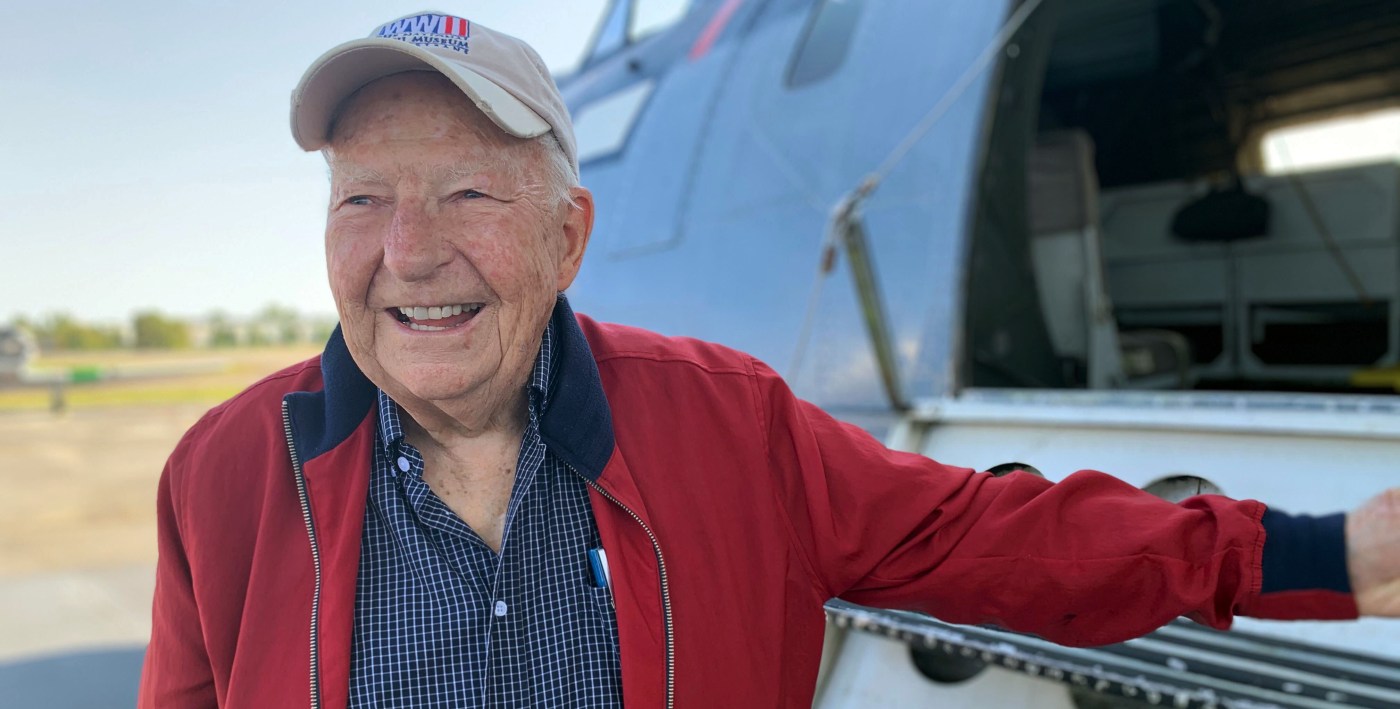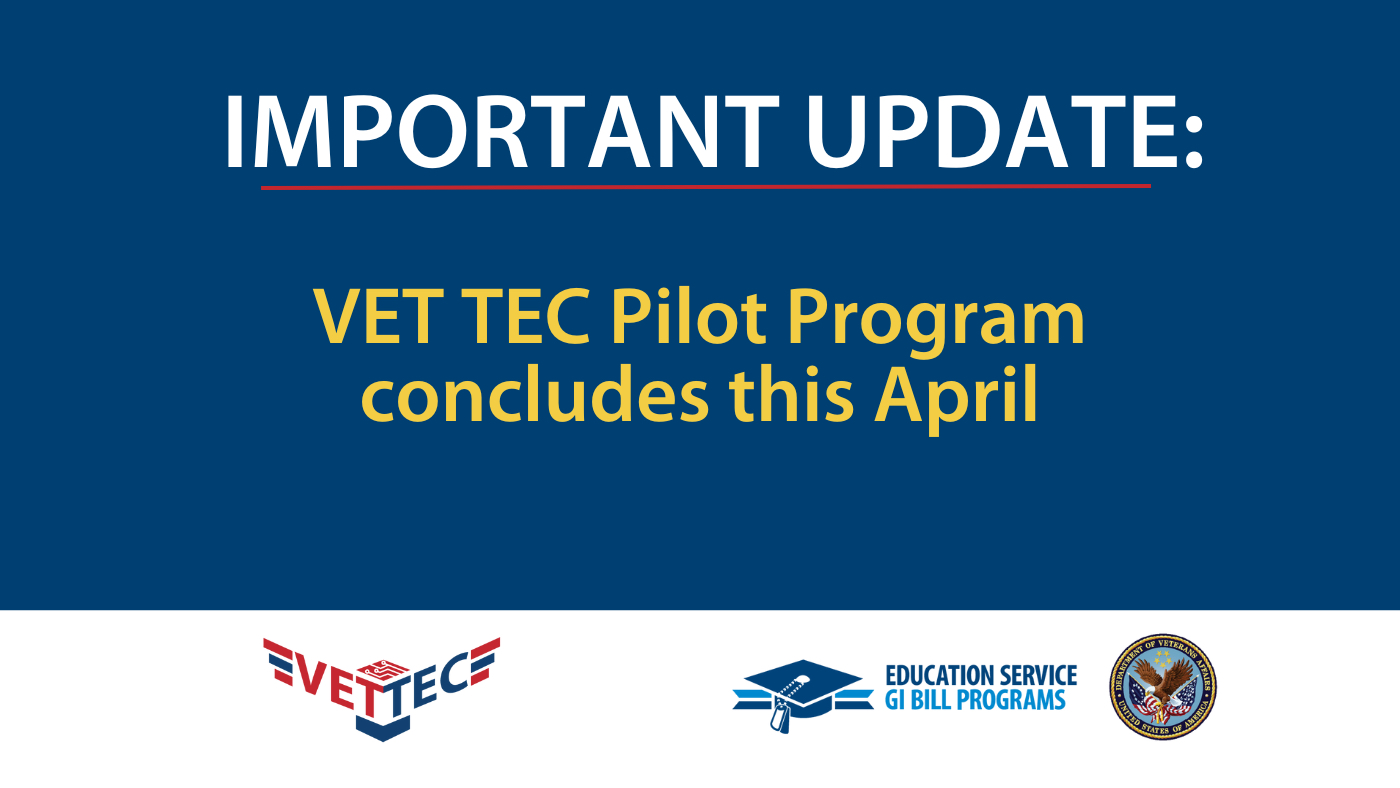Although a scheduled Sept. 25 flyover of the National Mall in Washington, D.C., was cancelled due to weather, event organizers still honored World War II Veterans and the 75th anniversary of the end of the war.
More than 16 million Veterans served during World War II, some of whom participated in the events prior to the scheduled flyover.
One of those Veterans is 95-year-old Marine Corps Veteran Paul Hilliard. On his 13th birthday, Hilliard listened to Winston Churchill deliver his famous “Their Finest Hour” speech. During the speech, Hilliard said he took to heart Churchill’s message warning, “If we fail, then the whole world, including the United States, including all that we have known and cared for, will sink into the abyss of a new Dark Age” if they didn’t defeat the German military. As a teenager, Hilliard said he ran outside his family farm, watching airplanes fly overhead. He would also read stories about SBD Dauntless dive bombers. The crews on those airplanes sank four Japanese carriers during the Battle of Midway.
Although he wanted to join earlier, Hilliard’s mother wouldn’t sign the paperwork for him to enlist. In 1943, the 17-year-old farm boy left for Marine Recruit Depot San Diego, celebrating his 18th birthday shortly after. He then went to Jacksonville, Florida, for training. Soon after, he deployed to the Pacific where he served as a radioman and gunner in the same SBD Dauntless dive bombers he read about a few years earlier.
Off to war
After boarding a ship, their first stop was Guadalcanal, following a major attack against the Japanese.
“We just stopped for a few hours,” Hilliard said. “They let us go ashore and get off that damn ship. First thing I did was take my combat knife and tried to open a coconut because I’d never seen a coconut before, and cut my finger so I could say, ‘I was injured on Guadalcanal,’” he joked.
After a few stops, Hilliard ended up on Bougainville Island. Hilliard trained for a few months. Soon after, he left for Luzon in the Philippines. There, he flew combat missions as airborne artillery for Army units. Hilliard said he was so focused on missions, he didn’t even realize the impact. He said he found out several years ago when a retired Marine colonel handed him a book on Marine missions in the Philippines.
“I found out all sorts of stuff we were doing,” he said. “I had no idea. We had no TV, no maps and charts. When we took off, we didn’t know where we were going because we were flying for the Army. We were flying close support missions.”
Hilliard said the crews used to jokingly refer to the flights as “Columbus missions.”
“We didn’t know where we were going when we took off, we didn’t know where we were when we got there, we made a big mess, and we were extremely unwelcome,” he said. “When we got back to base, we didn’t know where we’d been, and we did it all at government expense.”
Hilliard’s next trip was a small island near Borneo, where they continued to fly close air support missions for the Army. In all, Hilliard flew 45 combat missions during the war.
Headed home
By July 1945 and with the war nearing an end, Hilliard headed home.
“They said, ‘You got 30 minutes to get in the truck, you’re going back to the States for reassignment,’” Hilliard said. He said the crews were so happy, they wanted to leave in a hurry.
“All I remember is one of the gunners said, ‘I don’t need 30 minutes. Give me 30 seconds to find my toothbrush. That’s the only damn thing I want here.’”
Hilliard then boarded a ship in Guam and headed back to San Diego. When he arrived, the combat Veteran was still only 20 years old—still too young to buy an alcoholic drink.
Post war
Discharged in 1946, Hilliard used his GI Bill to attend college. He later founded an oil corporation and served as president of the Louisiana Independent Oil and Gas Association.
Hilliard joined The National World War II Museum’s Board of Trustees in 2006. A self-proclaimed history junkie, he has funded the acquisition of several aircraft and artillery pieces for the museum, including an SBD Dauntless dive bomber.
Over the years, he also used VA for various benefits throughout his life. In addition to his GI Bill, Hilliard said he bought his first home with the assistance of a VA home loan in 1951. He also receives his medication through VA.
“They’ve been so good to me,” he said. “I’ve got nothing but the highest regard for them [VA].”
Flyover serves a reminder
Hilliard said the flyover is a reminder to the American public on the 75th anniversary of the war ending.
“I think it reminds people who we are and what we’ve done,” he said. “America has been a force for freedom. How many countries have sent huge forces overseas to help people? I think it’s a great sign of appreciation and recognition for America and what it’s done for the world.”
One of the pilots scheduled to fly was Mark Reynolds. He pilots a North American PBJ-IJ B-25 Mitchell named “Devil Dog,” which has a giant bulldog with a Marine Corps hat on its head. Reynold said piloting the warbirds is personal. His dad was a Korean War-era Veteran who passed away. Reynolds previously carried the flag from his father’s casket on a flight. He said he started flying the missions for fun, but the focus changed.
“I thought it would be just fun, but it’s way past that,” Reynolds said, noting he likes to hear World War II Veterans’ stories. “That’s what’s kept me in it. This is a lot of fun. We know what those guys did.”
About the flyover
Originally scheduled for May, organizers postponed the Arsenal of Democracy Flyover due to COVID-19. The second attempt saw cloud cover over the National Capital Region Sept. 25-26, cancelling the event.
The warbirds were supposed to fly in historically sequenced formations representing the war’s major battles – from Battle of Britain through the final air assault on Japan and concluding with a missing man formation.
More than 20 different types of vintage military aircraft flew into D.C. for the scheduled event. Multiple organizations and individuals whose mission is to preserve these historic artifacts in flying condition provided aircraft. Some of the historic aircraft included the P-40 Warhawk, P-39 Airacobra, P-51 Mustang, F4U Corsair, B-25 Mitchell, B-17 Flying Fortress and B-29 Superfortress.
Watch the online tribute
Topics in this story
More Stories
Over the five-year program, more than 14,000 VET TEC beneficiaries completed their program and nearly half have reported finding meaningful employment with an average starting annual salary of $65,000.
VA is calling for applicants for the 2024 Specially Adapted Housing Assistive Technology grant.
Updated COVID vaccines are available free of charge to Veterans receiving care at VA .









